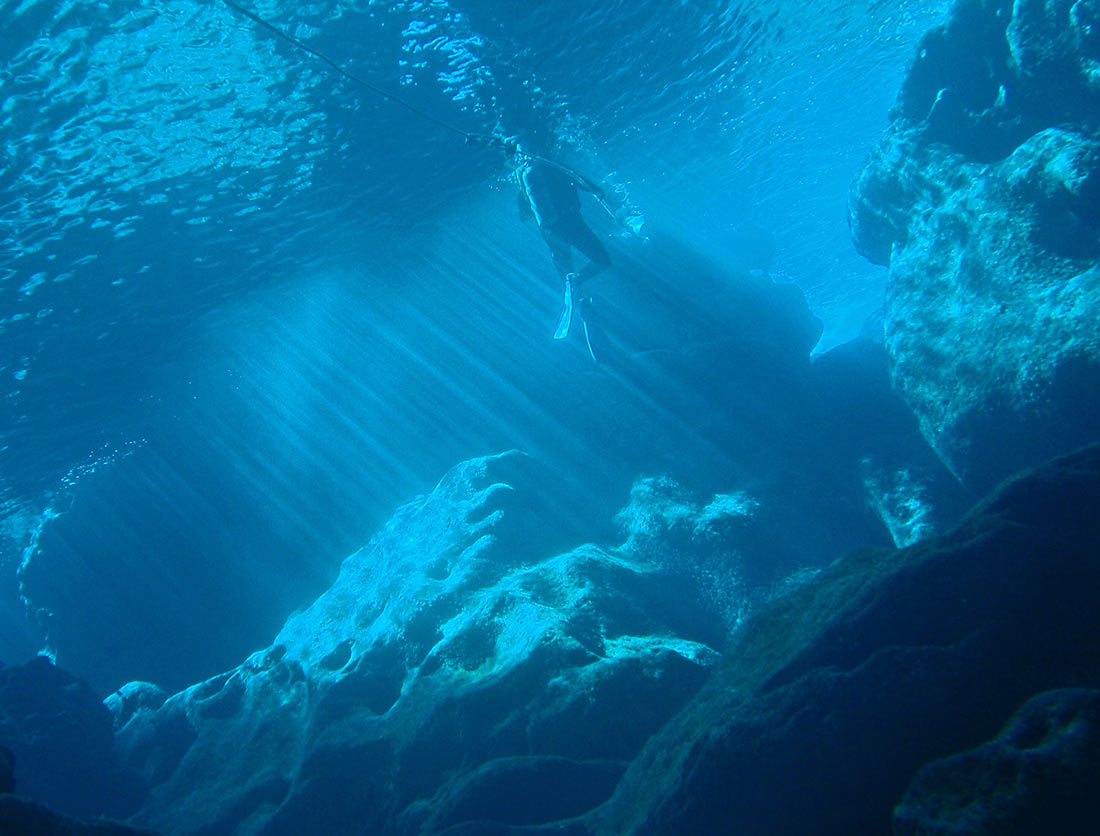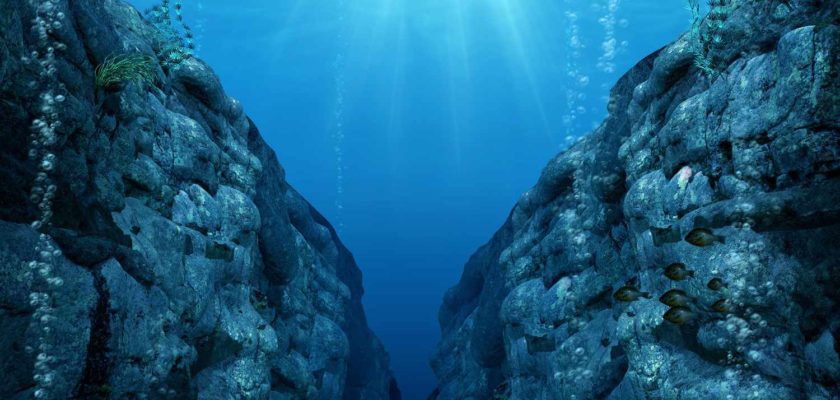The deepest, darkest, and most mysterious place on earth is not a forgotten cave or a remote jungle, but lies hidden beneath the waves of the Pacific Ocean. This is the Mariana Trench, a place so deep that even the highest mountain on earth, Mount Everest, would fit inside. Let’s explore the depths with these 7 fascinating facts about the Mariana Trench.
Hot and Cold
Deprived of sunlight, it’s ice cold at the bottom of the ocean. The average temperature in the Mariana Trench varies between 1 and 4 degrees Celsius. In the Challenger Deep, the temperature is just above freezing, about 1 degree Celsius. But there are also very hot places to be found in the trench. In areas where hydrothermal vents (volcanic chimneys) on the seabed spew warm, mineral-rich water into the ocean, temperatures can rise to 450 degrees Celsius!
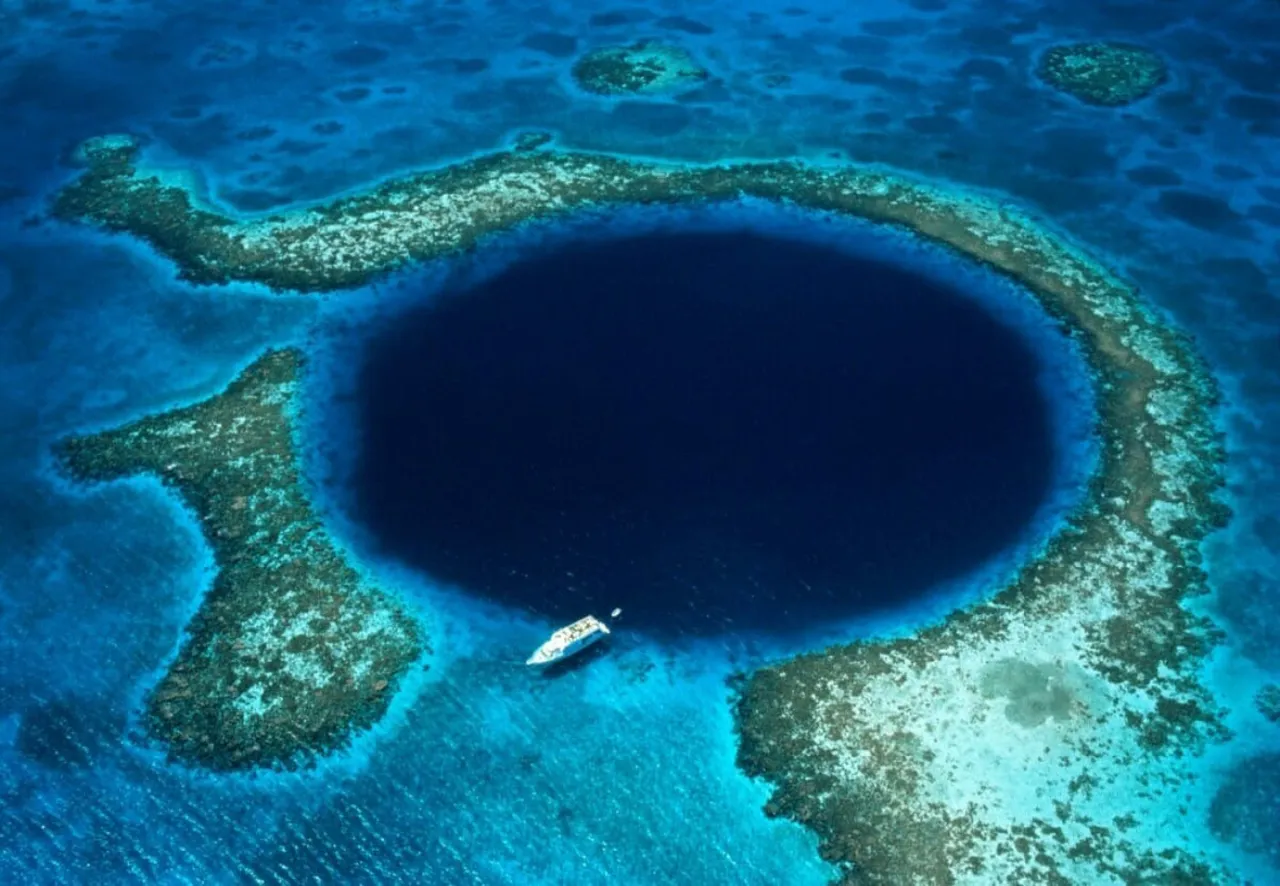
Location of the Mariana Trench
The Mariana Trench stretches across the western Pacific Ocean, east of the Philippines and south of Japan. It is located just east of the Marianas, a chain of islands from which it gets its name. These islands are the peaks of underwater mountains that form part of a subduction zone – a place where two tectonic plates collide.
In the case of the Mariana Trench, the Pacific plate is being pushed under the Philippine plate, a process known as subduction. This creates a very deep and narrow trench, a phenomenon that is characteristic of subduction zones. The Mariana Trench is the deepest of these subduction zones and is therefore unique.
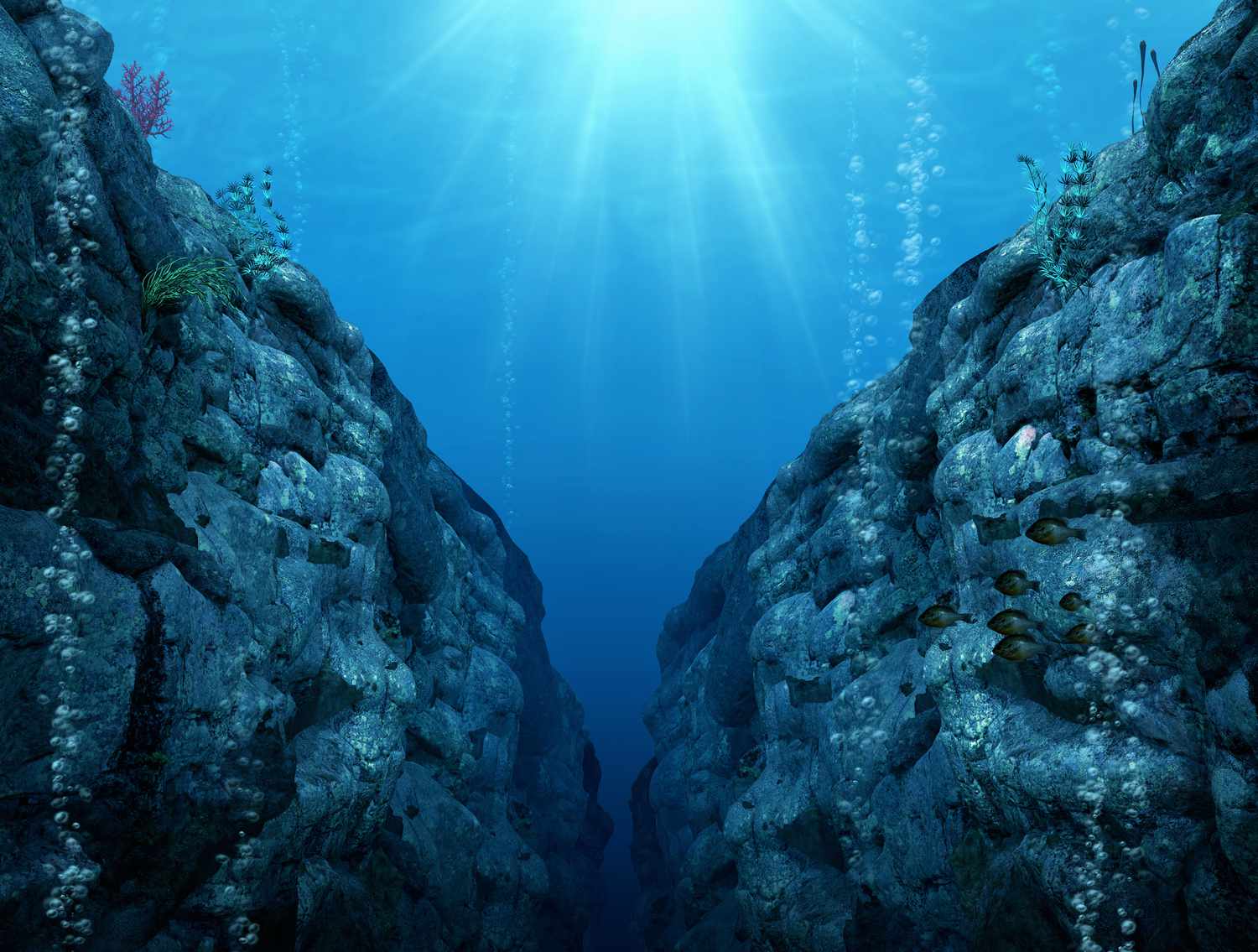
Challenger Deep – The deepest point on earth
The Challenger Deep is the lowest point in the Mariana Trench. With an incredible depth of about 10,994 meters, this part of the ocean is so deep that it is almost inaccessible to humans. It is even deeper than the highest mountain on earth is tall (8,848 meters). The Challenger Deep is named after the HMS Challenger, whose crew first measured the depth of the trench during their expedition from 1872-1876. They sounded with a sounding lead then a depth of more than 8,000 m. In 1951, sonar could be used and a depth of 10,900 m was measured at one place.
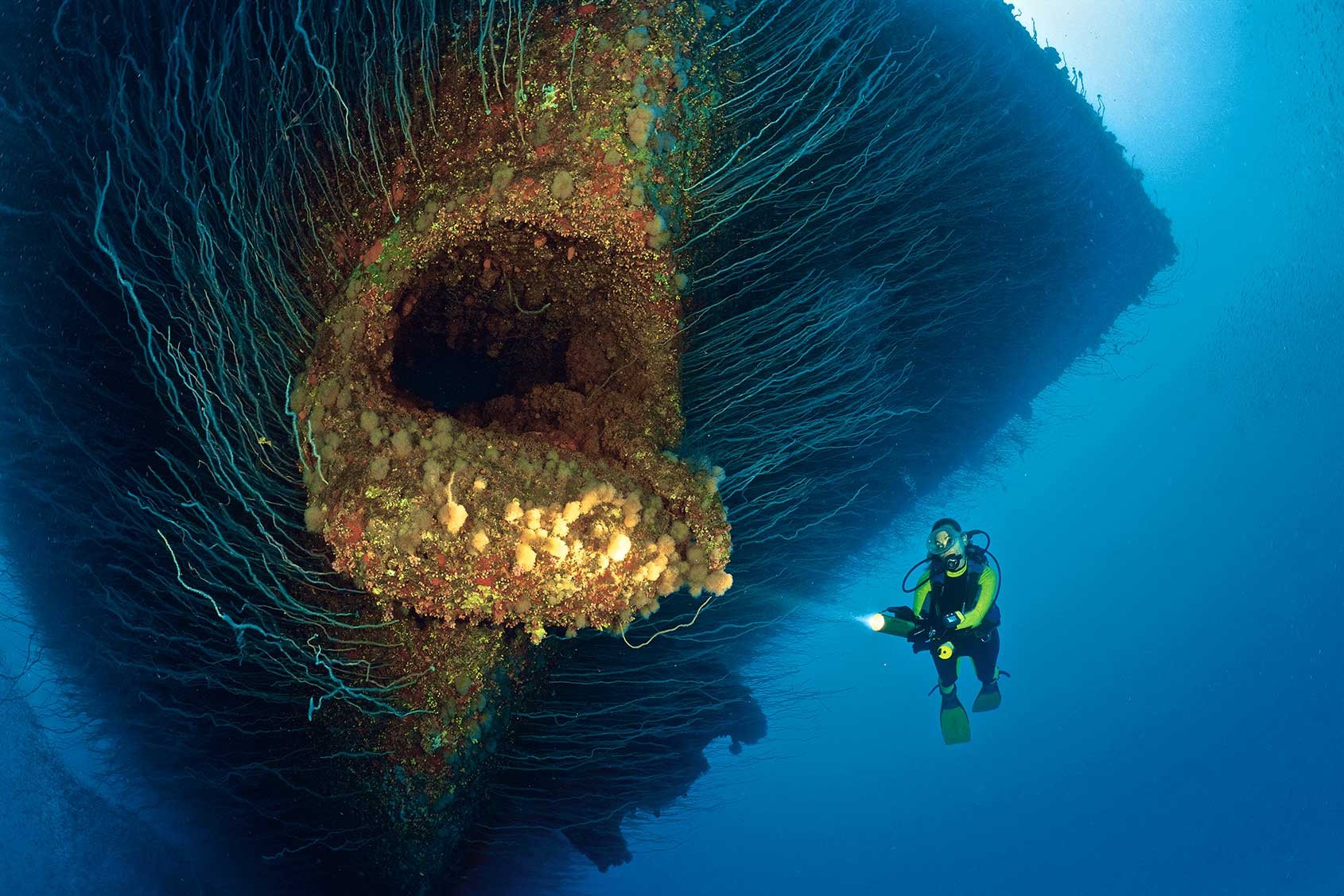
Incredible inhabitants
The Mariana Trench is home to some of the strangest animals on earth. Take the ghost fish, an animal so strange that it looks as if it comes straight out of a science fiction movie. And let’s not forget the giant deep-sea cucumbers, creatures that would not be out of place in a horror story. But not all animals look scary, there is also the Dumbo octopus, so named because it has the ears of Dumbo the Elephant.
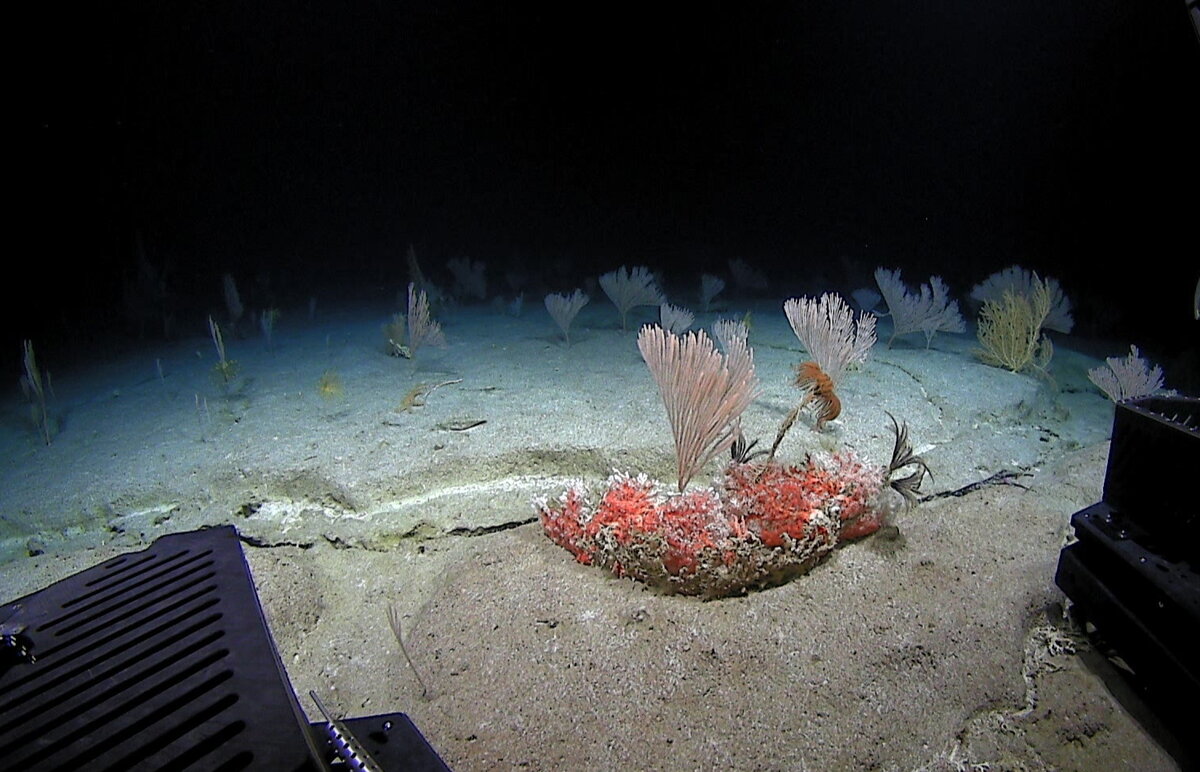
Garbage dump of the deep sea
Despite its remote and inaccessible location, the Mariana Trench is not immune to human pollution. Researchers found in 2019 a plastic bag on the bottom of the Trench, a sad proof of global plastic pollution. This shows that our actions have an impact, even in the most remote places on earth.
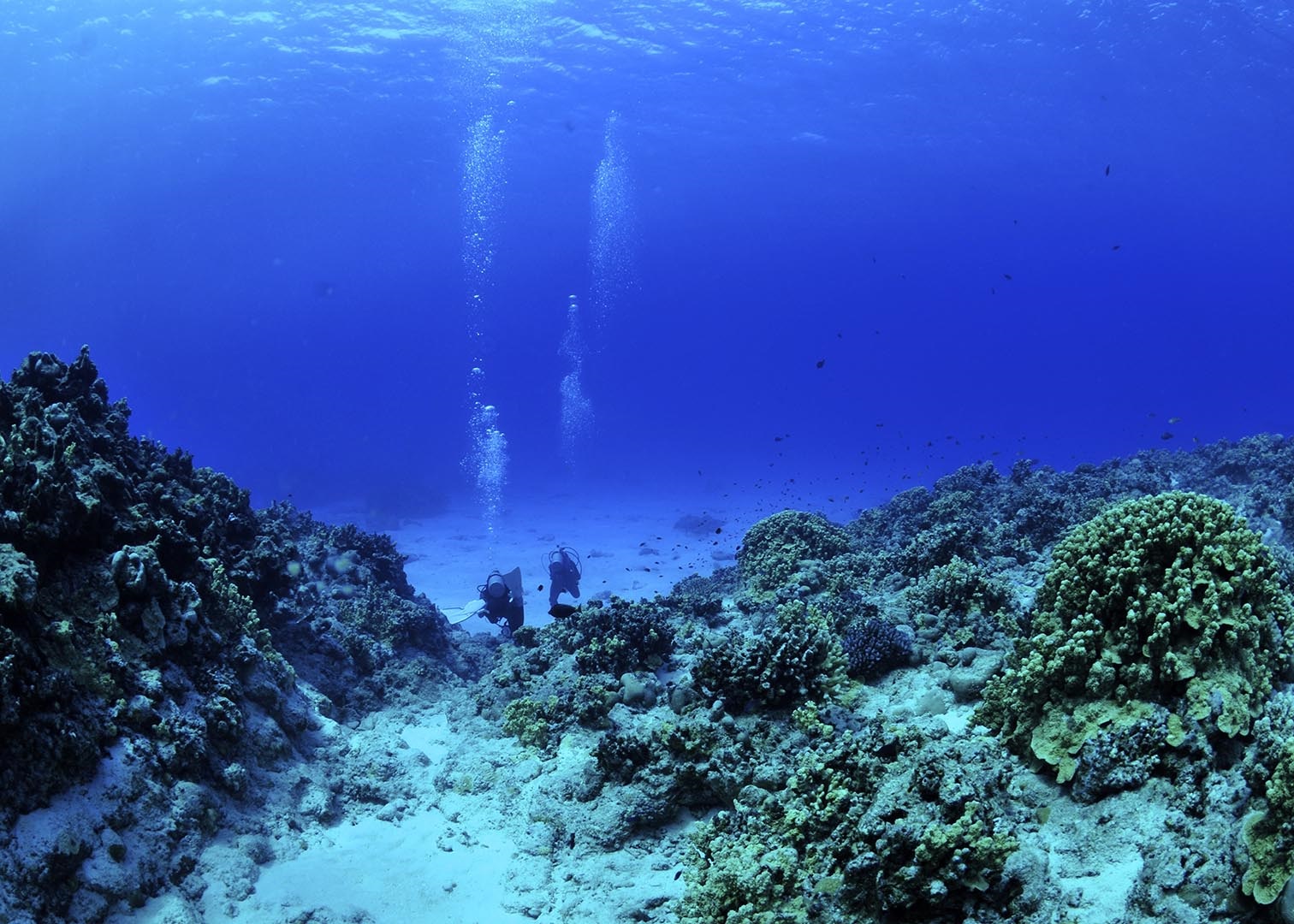
The pressure is immense
At the bottom of the Mariana Trench, the pressure is immense, more than 1,000 times the normal atmospheric pressure at the surface of the earth. That’s the equivalent of having about 50 jumbo jets pressing on you. But amazingly, despite these extreme conditions, there are creatures that manage to live in this harsh environment.
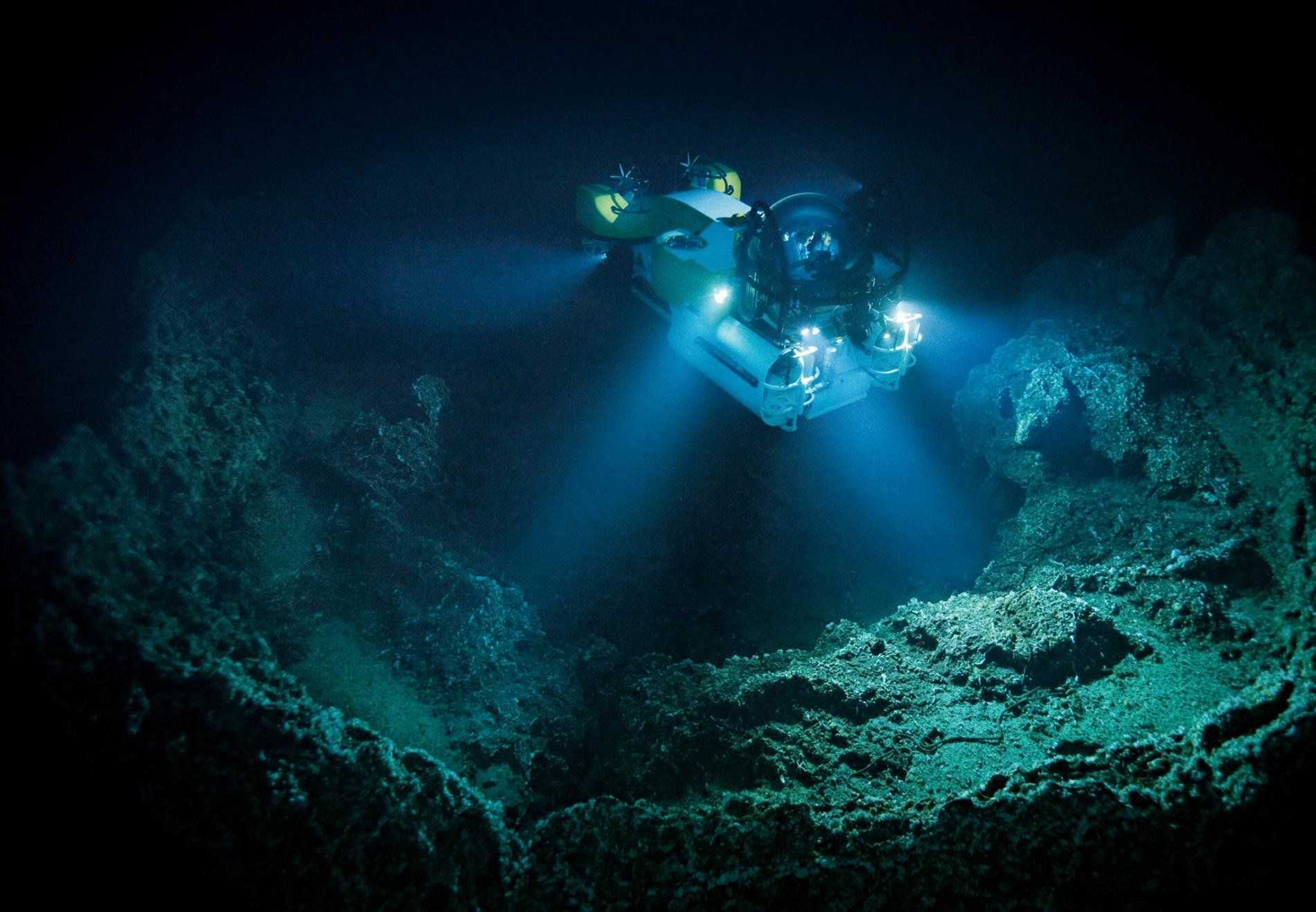
Mysterious sounds
The Mariana Trench is not only visually intriguing but also audibly. In 2016 scientists recorded a mysterious sound coming from the Trench. This sound, known as the ‘bio-duck’ sound, sounds like a rapid series of pulses. The exact origin and meaning of this sound remain a mystery to researchers.
